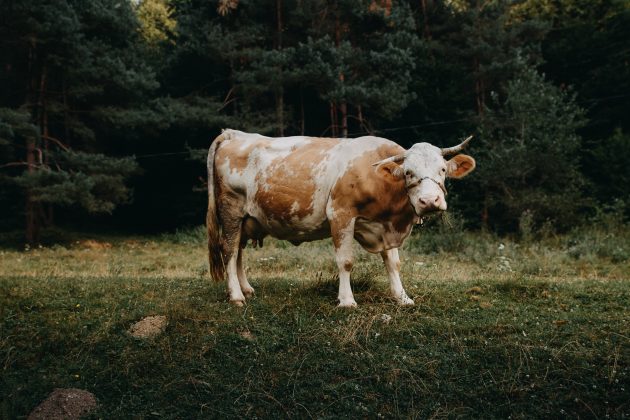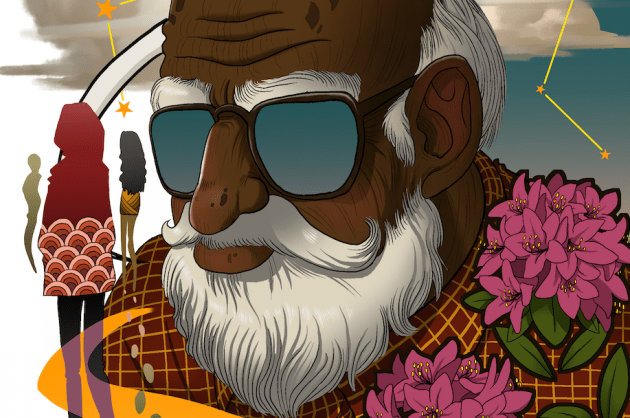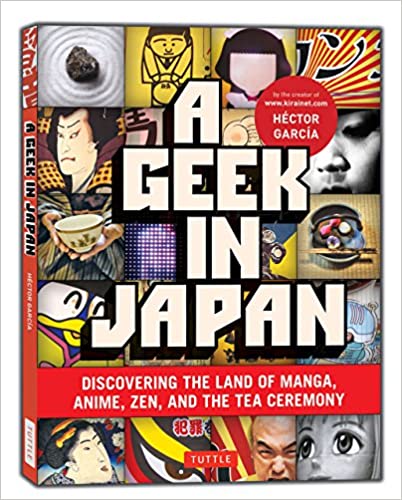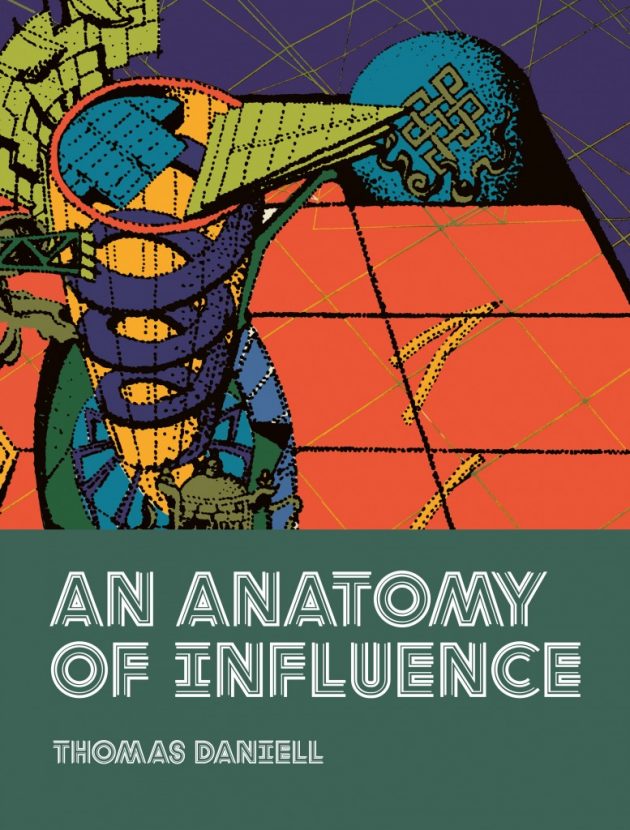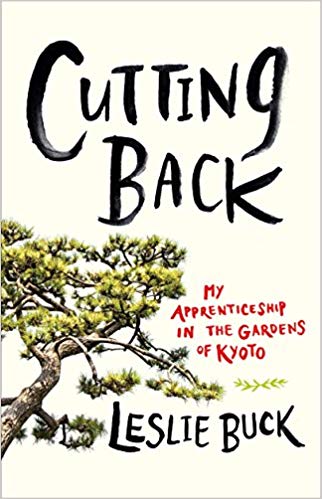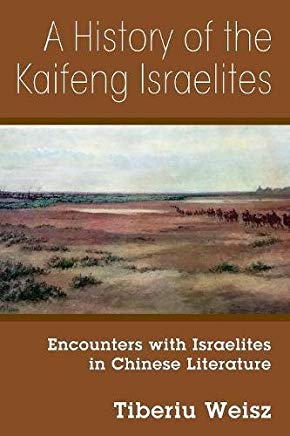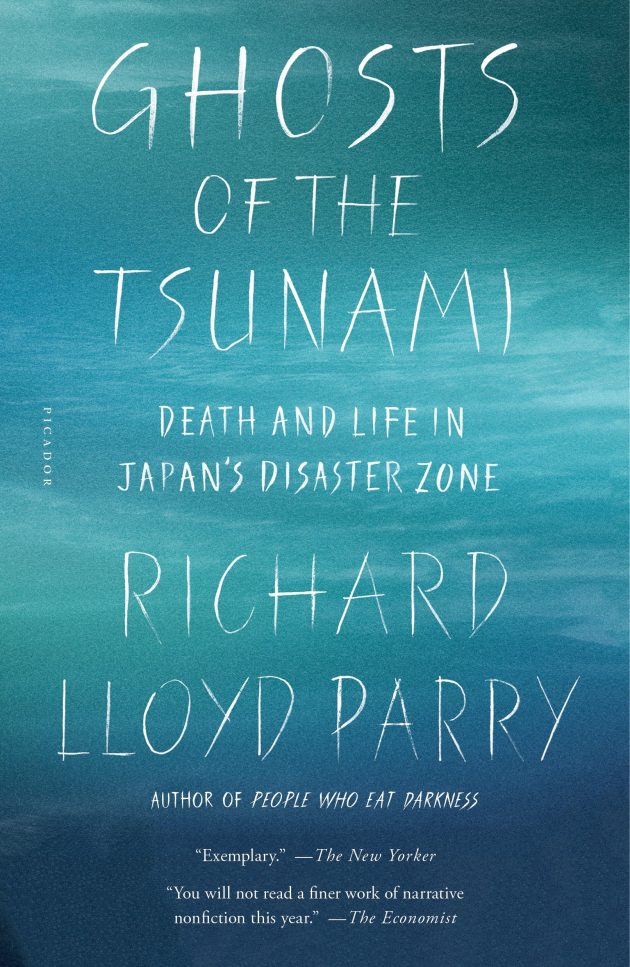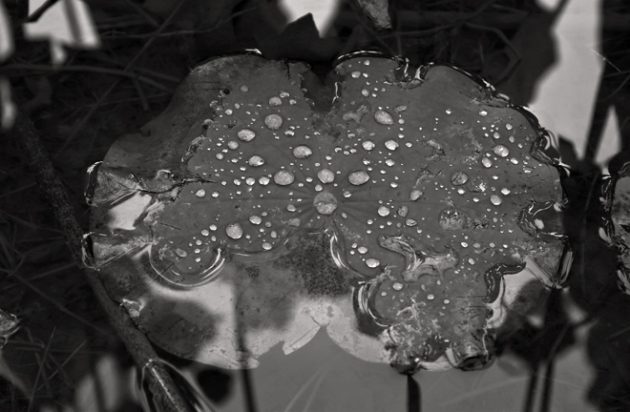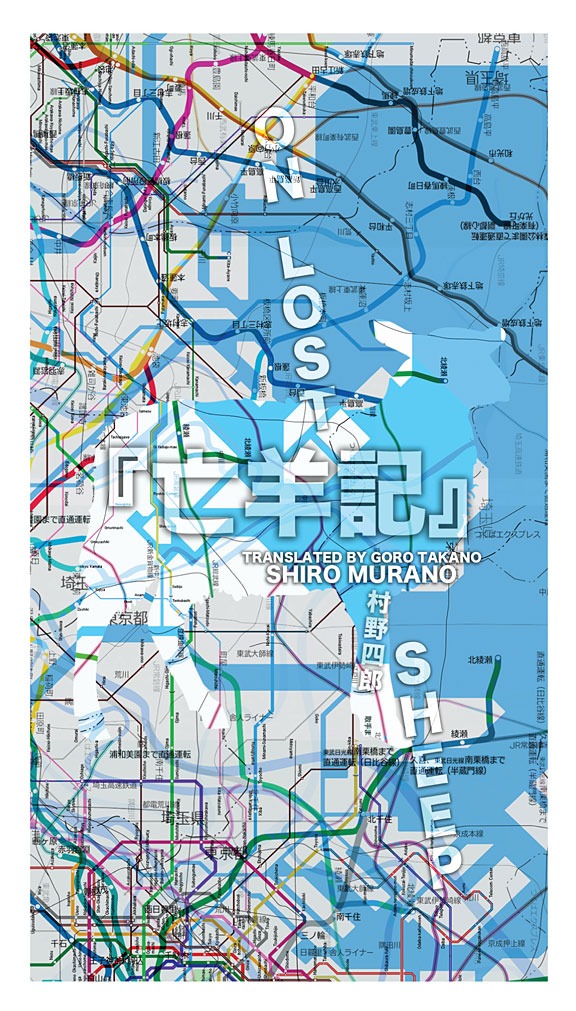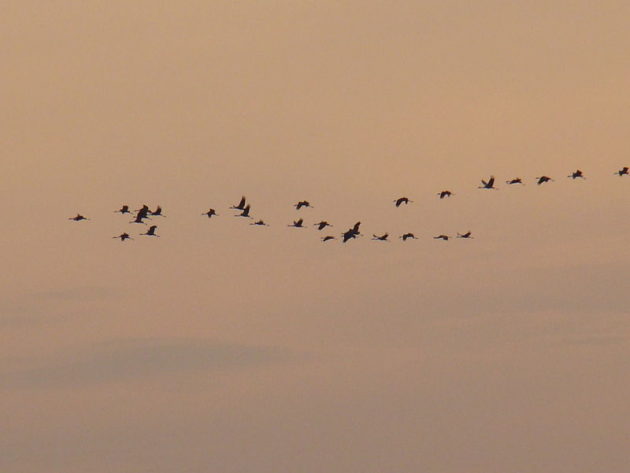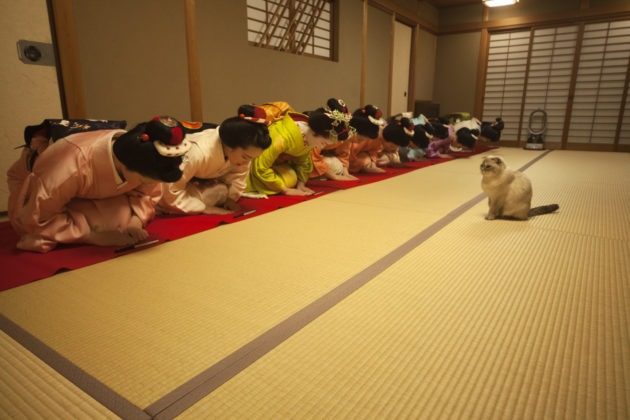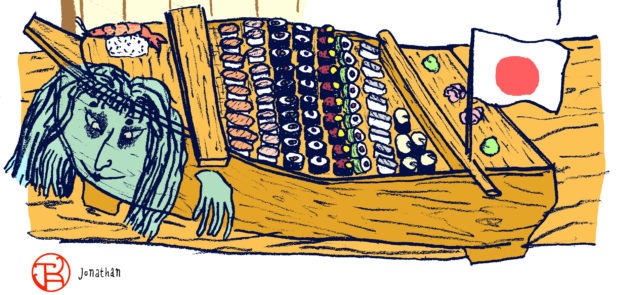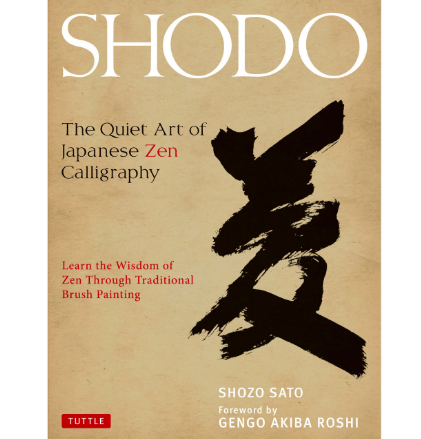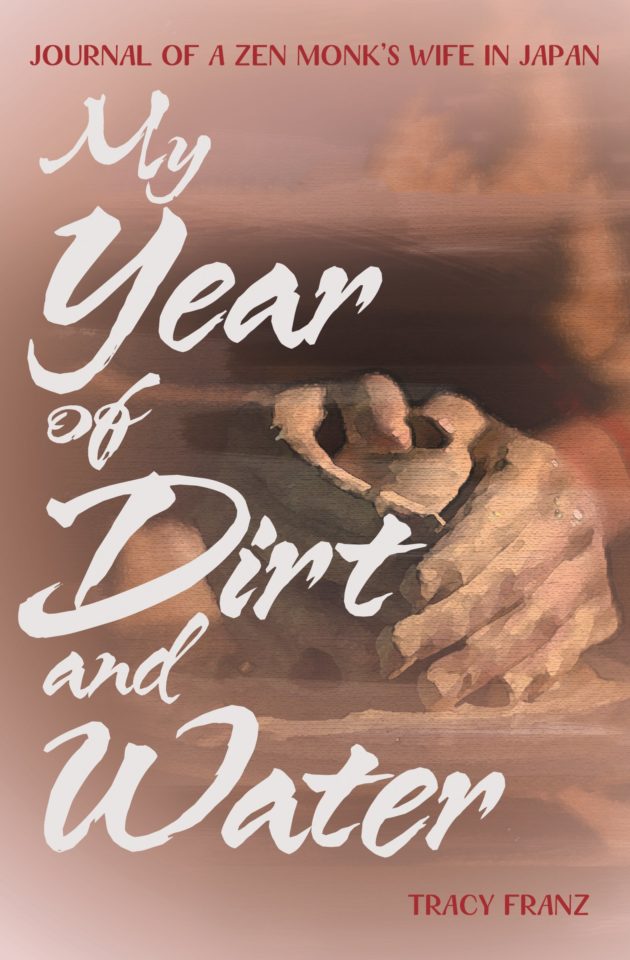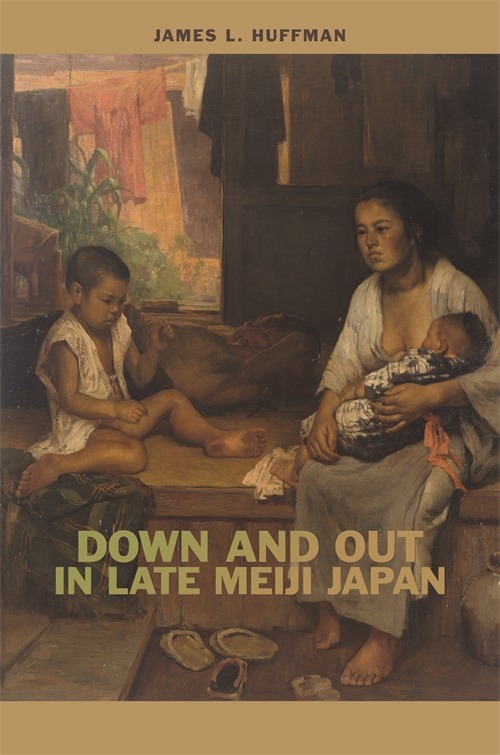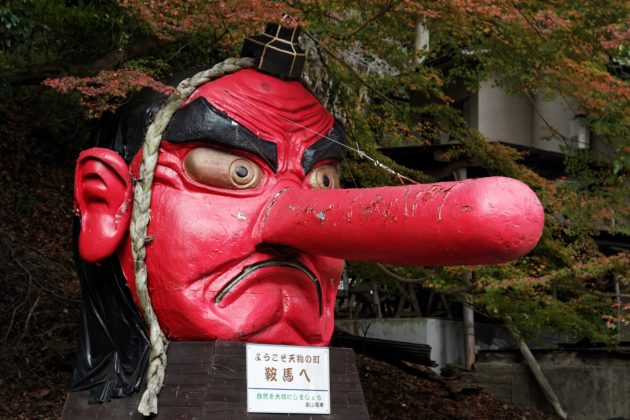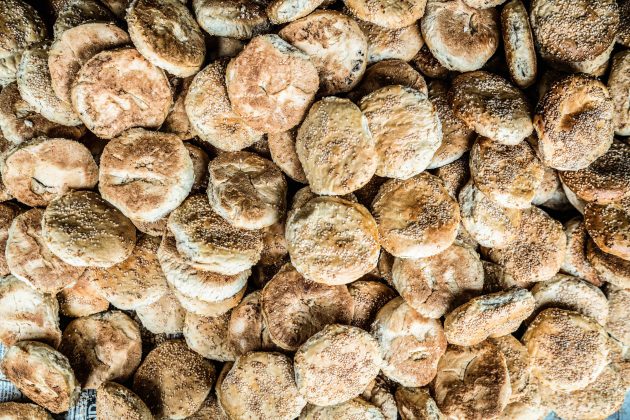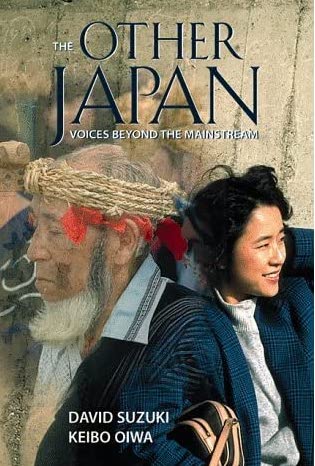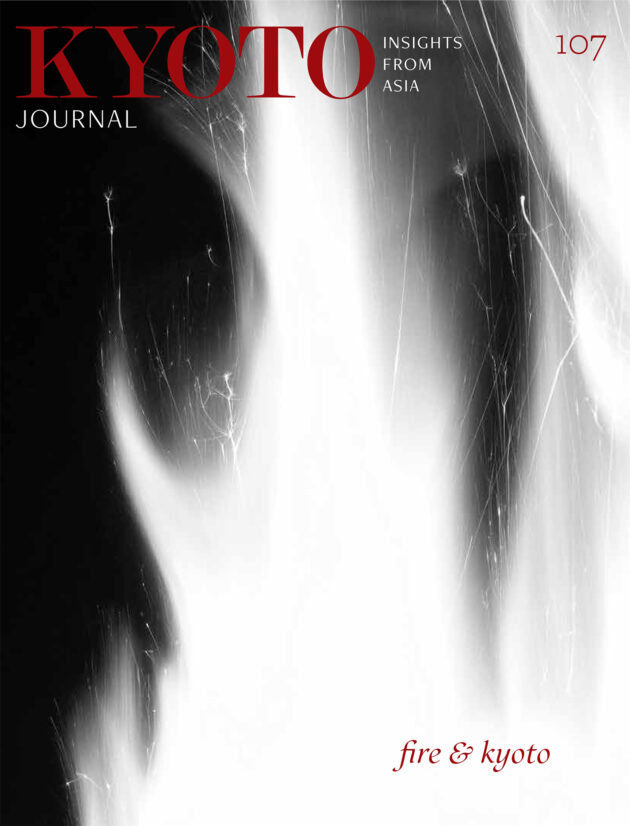FICTION, POETRY & REVIEWS
It was Kato, my old boss at the TV production company in Tokyo where I had gotten my first job, strangulating English sound bites into pithy Japanese subtitles. Now, he said, he had a new program and could use my help.
Read MoreThese young fellows nowadays, I tell you—not an iota of respect for their betters! These whippersnappers are so horrid, so horribly rude: they’ll look past you on the road, they won’t take any notice of you at all…
Read MoreOur reviews of the latest Japan travel and culture-oriented titles from the Asia specialist, Tuttle Publishing.
Read MoreThis collection of interviews, artwork, and newly-translated essays by and about 12 diverse postwar Japanese architects provides a fascinating “oral history” of Japanese society during the 1960s and 1970s, a period when the nation’s attention shifted from rebuilding from the ashes of war to finding its place in the international community.
Read MoreReading Cutting Back taught my untrained eye to more fully appreciate the complexities of Japanese formal gardens and the folks who are entrusted to maintain them.
Read MoreTiberiu Weisz contends that contact between the Hebrews and the Chinese started probably sometime around 980BCE. If this is true, Israelite presence would have left traces in the historical records kept by the Chinese since their earliest dynasties.
Read MoreIn Ghosts of the Tsunami, Richard Lloyd Parry confronts us with the startling human reality of this astonishing disaster. Parry’s chief concern is with the harrowing events that transpired at Okawa Elementary School in Ishinomaki, a heartbreaking drama that is notorious in Japan but perhaps less well-known internationally.
Read MoreAs part of their 70th-year anniversary celebrations, KJ has teamed up with Tuttle Publishing, the Asia specialist, for this four-part series.
Read MoreThe evolution of Teraoka’s oeuvre now can be explored in the monumental 400-page Floating Realities: The Art of Masami Teraoka, almost a catalogue raisonné. In addition to beautifully printed full color reproductions, the book includes a forward by Mike McGee.
Read MoreHaiku brings us the birth and death of each moment. Everything is stripped away to its naked state.
Read MoreTranslating out of one’s original language into a second language is a risky endeavor. In the case of translator Goro Takano, with this exquisite and slightly quirky bilingual chapbook-object, he acquits himself well.
Read MoreAfter thirty years of cresting mountain-high surges, the envoys brought back eagle-wood, ambergris, and an essence distilled from rose petals.
Read MoreWhile KJ is not primarily a literary publication, poetry has always been a vital component in our content mix. This poem by Elena Karina Byrne, along with others by Jane Hirshfield, Arkaye Kierulf, Tamara Nicholl-Smith and (in translation) Shinkichi Takahashi, is featured in KJ 95 (Wellbeing).
Read MoreThe Neko Project is a book that pays homage to Japan’s unyielding love of cats through its thoughtful and expansive photography. It is the result of an open call to their network of Japanese photographers on the theme of cats and features all the projects that were submitted, alongside historical anecdotes and insightful commentary in both French and English.
Read MoreI’m so tired of them washing me, or not washing me properly. The grains of rice tend to get stuck between my wooden planks. But when Chef Jiro Sakamoto does it, it’s always different. He gives me proper care and attention, pays heed to the details of my grooves and curves…
Read MoreAs part of their 70th-year anniversary celebrations, KJ has teamed up with Tuttle Publishing, the Asia specialist, for this four-part series.
Read MoreThe author says she embarked on this year in Japan in order to undertake a spiritual practice of her own. She must occupy herself while her husband seeks Soto Zen priestly credentials by training in a nearby monastery, so she joins a pottery class as a deshi (disciple) of the elderly female teacher. But she cannot seem to make the dirt and water come together to make a smooth clay, either physically or metaphorically.
Read MoreHuffman focuses his inquiry on the very poorest of Japan’s urban poor—the hinmin, or paupers, who flooded into Tokyo at a rate of up to 1,000 people each week in the late 1800s and early 1900s, victims of government policies that pushed farm families to starvation and forced their sons and daughters to seek jobs in the swelling cities.
Read MoreI have come to believe that she is channeling Toscanini with her hands. Equally, I’m firm in the conviction that she is channeling a fabled Persian songstress with her soul.
Read MoreThe Other Japan should be read by all students seeking a clearer view of Japan’s rich demographic landscape.
Read More
